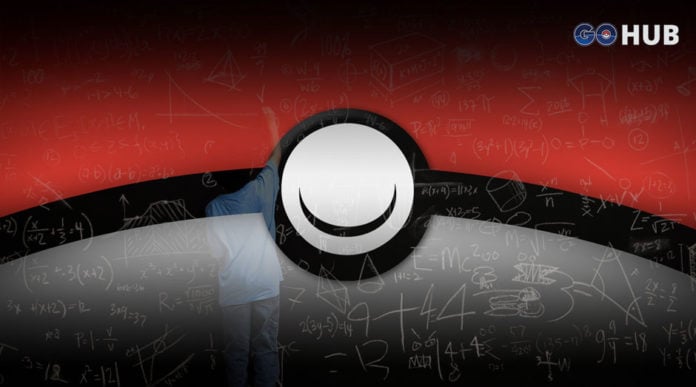In order to fully understand the concept of Weave Damage, one first has to understand that DPS (Damage Per Second) should not be considered the only indicator of an attack’s full potential in Pokémon GO. Buckle your seat belts, it’s a going to be a bumpy ride.
In other words, “the higher the DPS, the better a move” is not necessarily true. The main issue with this idea is that DPS does not account for energy generation nor for energy consumption, which are two very important factors to consider when it comes to an attack’s combat potential.
Machamp Scenario
 Machamp
Machamp
Let’s use Machamp‘s charge moves as an exemple. In this scenario, Machamp always has Counter has a fast move (to avoid a few bumps during the ride).
- Dynamic Punch (DP)
- 90 Power Damage – 47.04 DPS – 50 energy
- Close Combat (CC)
- 100 Power Damage – 61.30 DPS – 100 energy
Pokémon Go’s in-game combat recommendations, as you may have noticed, will always be your Machamp with Close Combat since the game mainly accounts for DPS. However, a move’s actual combat potential, its weave damage, can only be determined when accounting for energy generation and energy consumption.
Let’s use an analogy. Snowballs! How many snowballs can one throw? To know precisely the answer to this question, one needs to consider the time it takes to actually make the snowballs.
In Machamp’s case, even though CC deals more DPS than DP, the fact that CC requires 100 energy makes its weave damage over time lower than DP. Counter generates 8.89 EPS (Energy Per Second), and we can all agree that it would take the same time to generate 100 energy regardless of the charge move.
Therefore, in the same amount of time, Machamp will generate DP twice, for a total 180 power damage, while only generating CC once, for 100 power damage.
Let’s go deeper into our analysis of Machamp’s scenario to demonstrate what weave damage really is. Keep in mind that the calculations are done for 100 energy, therefore two DP and one CC.
Regardless of the charge move, it would take Machamp 11.35 seconds to generate 100 energy (not accounting for energy generated by the damage taken, which would not affect our calculation).
- Dynamic Punch has a duration of 2.7 seconds and would be activated twice (5.4 seconds) for a total of 180 damage that would take 16.75 seconds.
- Close Combat has a duration of 2.3 seconds and would only be activated once for a total of 100 damage that would take 14.05 seconds.
In other words, Dynamic Punch, regardless of DPS, has a much higher weave damage over time than Close Combat, and thus, it’s a better move.
This wiki article is only a brief (and heavy) explanation of what weave damage is. Undoubtedly, other factors have to be taken into account when it comes to combat in Pokémon Go such has:
- Dodging;
- Type effectiveness;
- Potential Defender’s effectiveness over your Pokémon;
- Fighting style;
- etc.
Trainers, keep in mind that this provides a general idea of the concept of weave damage over time and that DPS should not be the only component to factor in when it comes to selecting a Pokémon’s moveset.

